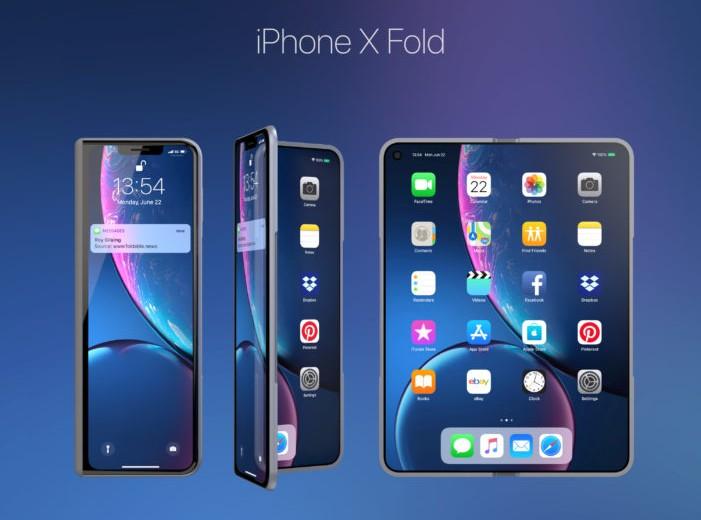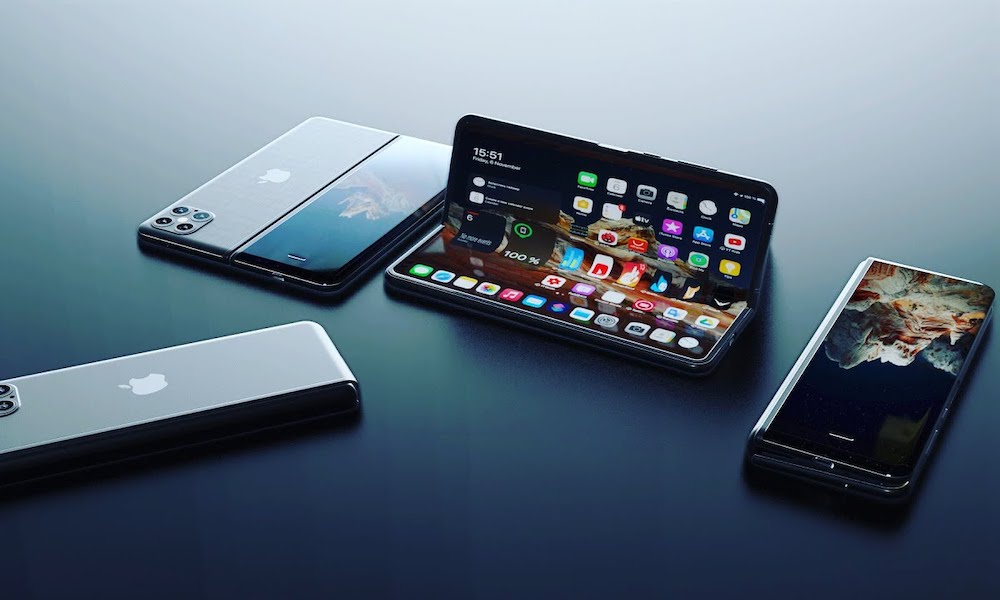Apple’s venture into foldable smartphones represents one of the most anticipated tech developments in recent years. With reports suggesting a 2026 launch timeline, the company appears to be preparing a comprehensive software strategy that could redefine mobile computing. The rumored iOS 27 update may be specifically engineered for Apple’s first foldable device, marking a significant departure from the company’s traditional approach to iOS development.

According to industry analyst Mark Gurman, Apple is expected to begin development on iOS 27 with a primary focus on optimizing the user experience for foldable hardware. This represents a strategic shift where software development aligns directly with new form factor requirements rather than following the typical annual update cycle.
The Technical Foundation of Apple’s Foldable Strategy
Apple’s foldable iPhone is expected to feature a book-style design with crease-free OLED panels supplied by Samsung Display. The device will likely incorporate ultra-thin glass (UTG) technology from Lens Technology, a long-time Apple supplier that recently raised HK$610 million specifically to enhance its foldable screen capabilities.
The anticipated price range of $1,800 to $2,400 positions this device as Apple’s most expensive iPhone to date. This premium pricing reflects the advanced engineering required to deliver Apple’s signature user experience in a foldable format.
Lens Technology stands to benefit significantly from this partnership. Analysts project that foldable-related revenue could represent 12% of the company’s total earnings by 2027, demonstrating the substantial market opportunity that Apple’s entry could create.
iOS 27: Building Software for Dual Screens
The development of iOS 27 will likely prioritize features specifically tailored for foldable devices. Apple’s extensive experience with iPadOS provides a foundation for large-screen optimization, but the unique challenges of foldable hardware require specialized solutions.
The most critical aspect will be seamless transitions between the cover screen and the main foldable display. Many existing foldable devices struggle with smooth handoffs between these different screen states, creating opportunities for Apple to differentiate through superior software integration.

Key areas where iOS 27 may innovate include:
Multi-tasking capabilities that take advantage of the expanded screen real estate when unfolded, potentially allowing for true desktop-class productivity experiences.
App continuity systems that intelligently adapt application interfaces as users transition between folded and unfolded states.
Enhanced multitasking interfaces that leverage both screens simultaneously for different functions or applications.
Market Positioning and Competitive Landscape
Apple’s entry into foldables comes at a time when competitors like Samsung, Oppo, Vivo, and Huawei have already established strong positions in this emerging market. Samsung’s Galaxy Z Fold 7 has gained attention for being one of the slimmest foldable phones available, setting a high bar for design excellence.
The success of iOS 27 and Apple’s foldable strategy will depend heavily on execution quality. The company’s reputation for delivering polished, intuitive user experiences means expectations will be particularly high. Any software inconsistencies or hardware reliability issues could significantly impact market reception.
Chinese smartphone manufacturers have made substantial advances in foldable technology, creating additional competitive pressure. Apple’s approach will need to offer compelling advantages beyond brand recognition to justify premium pricing.
Supply Chain Implications and Investment Opportunities
The foldable iPhone project involves a complex supply chain with multiple specialized components. Beyond Lens Technology’s glass contribution, companies like Luxshare Precision are expanding into connectors and hinges, while traditional assembly partners like Foxconn are developing foldable manufacturing capabilities.
Hinge components alone may represent 18% of the total bill of materials for foldable devices, highlighting the precision engineering required. Samsung Display’s role as the likely exclusive OLED supplier further demonstrates the technical partnerships necessary for success.
This supply chain complexity creates both opportunities and risks. Suppliers positioned as key partners stand to benefit significantly from Apple’s entry into foldables, but any manufacturing delays or quality issues could impact the entire project timeline.

FAQs About Apple Foldable Iphone
Q. What is iOS 27?
A. iOS 27 is Apple’s upcoming operating system set to power the company’s 2026 foldable iPhone. It focuses on optimizing the user experience with features designed specifically for foldable devices, such as dual-screen functionality and seamless app transitions.
Q. What makes iOS 27 unique for foldable devices?
A. iOS 27 introduces specialized software enhancements tailored for foldable devices. These include advanced multitasking capabilities, fluid transitions between folded and unfolded modes, and new gestures to take full advantage of the dual-screen setup.
Q. When will iOS 27 be released?
A. Although Apple has not provided a specific release date, iOS 27 is expected to launch alongside the foldable iPhone in 2026.
Q. Will iOS 27 work on non-foldable devices?
A. Yes, iOS 27 will also be compatible with non-foldable iPhones, offering standard updates and improvements while reserving certain features specifically for foldable models.
Q. Are apps on iOS 27 optimized for foldable screens?
A. Many applications on iOS 27 will be updated to work seamlessly with foldable screens. Apple is likely to introduce new developer tools and guidelines to support app optimization for the foldable interface.
Q. Is the foldable iPhone with iOS 27 more expensive?
A. While pricing details are not confirmed, the unique design and advanced features of the foldable iPhone are expected to position it at a premium price point compared to standard iPhone models.
Looking Ahead: The Future of Mobile Computing
Apple’s foldable initiative represents more than just a new product category, it signals a potential evolution in how we interact with mobile devices. If iOS 27 successfully addresses the software challenges inherent in foldable hardware, it could establish new standards for the entire industry.
The integration of advanced AI features, enhanced multitasking capabilities, and seamless device continuity could make foldable iPhones genuinely transformative rather than merely novel. Apple’s track record of refining existing technologies and making them mainstream suggests this approach could succeed where others have struggled.
However, the company faces the challenge of meeting extraordinarily high expectations while navigating technical complexities that have challenged other manufacturers. The success of iOS 27 will be crucial in determining whether Apple’s foldable strategy represents a breakthrough or simply another premium product in an increasingly crowded market.
The 2026 timeline provides Apple with additional development time to address potential issues and refine both hardware and software integration. As the company begins iOS 27 development, the tech industry will be watching closely to see how Apple approaches the unique challenges of foldable computing.
For More Information Click HERE
